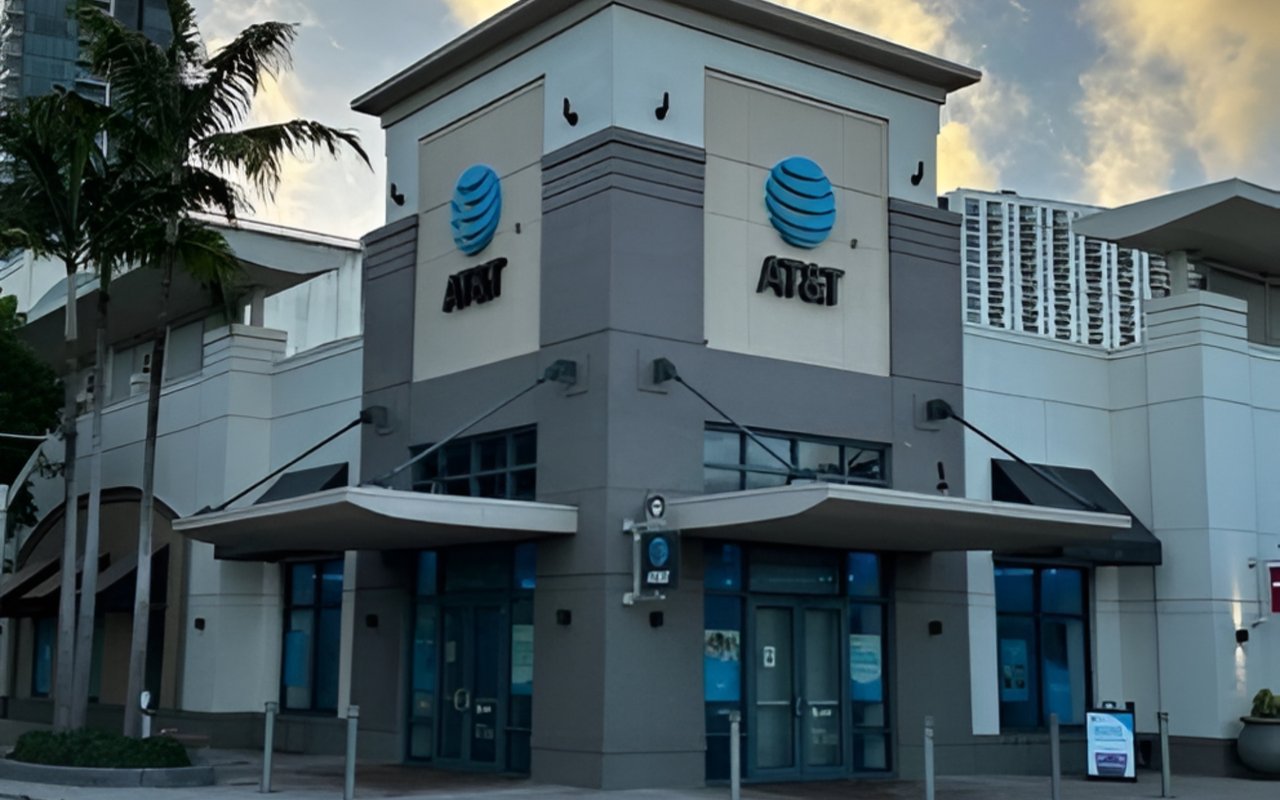AT&T's $850 Million Sale-Leaseback with Reign Capital: Paving the Way for a Fiber-Optic Future
In a significant move to modernize its infrastructure, AT&T has finalized an $850 million sale-leaseback agreement with Reign Capital, involving 74 properties nationwide. This strategic decision aligns with AT&T's plan to phase out its legacy copper networks by 2029, transitioning to more efficient fiber-optic and wireless technologies.
The Details of the Deal
The transaction, completed on January 8, 2025, encompasses over 13 million square feet of space across the United States. AT&T will lease back portions of these properties to maintain operational control where necessary, ensuring uninterrupted access to essential communications infrastructure. Importantly, this deal does not impact jobs or alter the services provided to customers.
Strategic Implications
This sale-leaseback arrangement allows AT&T to monetize underutilized real estate assets, generating substantial capital to invest in its network modernization efforts. By selling properties that house outdated copper network equipment, AT&T can focus resources on expanding its fiber-optic and wireless networks, which offer superior speed and reliability.
Transitioning from Copper to Fiber
AT&T's plan to retire its copper-based services by the end of 2029 marks a significant shift in the telecommunications landscape. The company aims to build fiber infrastructure to 45 million locations within its legacy wireline footprint, enhancing service quality and meeting growing consumer demand for high-speed connectivity.
Financial Benefits and Future Opportunities
Beyond the immediate financial gains, the deal includes provisions for AT&T to participate in future redevelopment revenues of the sold properties. This unique structure not only provides upfront capital but also positions AT&T to benefit from potential increases in property values, aligning with the company's long-term strategic interests.
Insights
What Is a Sale-Leaseback Agreement?
A Sale-Leaseback Is a Financial Transaction Where a Company Sells an Asset and Leases It Back from The Purchaser. This Allows the Company to Free up Capital While Retaining Operational Control of The Asset.
Why Is AT&T Phasing Out Its Copper Networks?
AT&T is Transitioning from Copper to Fiber-Optic Networks Because Fiber Offers Higher Speeds, Greater Reliability, and Can Handle Increased Data Demands More Efficiently than Copper-Based Systems.
How Will This Deal Affect AT&T Customers?
The Sale-Leaseback Deal Is Not Expected to Impact AT&T's Customers. the Company Will Maintain Operational Control of Necessary Infrastructure to Ensure Uninterrupted Service During the Transition to Fiber-Optic Networks.
What Are the Environmental Implications of This Transition?
Upgrading to Fiber-Optic Networks Can Lead to Reduced Energy Consumption and Lower Maintenance Costs, Contributing to A Smaller Environmental Footprint Compared to Maintaining Outdated Copper Networks.
How Does This Deal Fit Into AT&T's Broader Strategy?
This Transaction Aligns with AT&T's Strategy to Modernize Its Network Infrastructure, Improve Service Quality, and Position Itself Competitively in The Evolving Telecommunications Market.
By strategically monetizing underutilized assets and investing in advanced technologies, AT&T is taking decisive steps toward a more connected and efficient future.

